The Future of Leadership Survey: 2021
Insight and Foresight into the Future of Leadership from the Leaders of the Future.
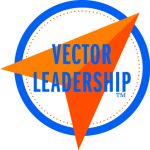
EXECUTIVE SUMMARY
Based on novel research designed purposefully to provide insight and foresight on leadership from the perspective of the emerging generation of leaders, the Buccino Leadership Institute at Seton Hall University puts forth an innovative vision on the future of leadership and the development of leaders. We call this Vector Leadership.
In 1995, Seton Hall University established the Center for Leadership Development in its Stillman School of Business. This learning experience, unique at the undergraduate level, provided budding business professionals specialized development opportunities in coursework and mentorship. Its effectiveness earned accolades, including one from HR.com as the No. 1 undergraduate leadership certificate program in the United States. Recognizing that leadership is essential for all organizations, the University widened its leadership development program in 2018 to include undergraduate students in all of its colleges — Arts and Sciences, Communication and the Arts, Diplomacy and International Relations, Education and Human Services, and Nursing, and continued its marquee program in the Stillman School. This University-wide program, under the Buccino Leadership Institute, has become truly multidisciplinary in its scope. Students who aspire to become, for example, directors of hospital nursing programs or department chairs or principals in elementary schools can now learn from each other as well as from the array of leaders in all domains of organizations. Students receive specialized coaching and even view their own performance videos, common to any athlete, to reflect on and improve their leadership competencies.
Part of the mission of the Buccino Institute is to be a thought leader in leadership and leadership development. To that end, the Institute undertook groundbreaking research in 2021 in the field of leadership. This research pointedly examined the insights and foresights of those newly entering their professional lives. Heretofore, leadership research tended to center on C-suite executives, either on their own behaviors or as observed by those who report to them or by other stakeholders. There was a significant gap in the literature on how the next generation viewed leadership and how best to develop leaders of tomorrow. This, we believed, was a serious omission in research for two reasons. First, the absence of research did not help guide organizations on how they may want to respond to the leadership aspirations and expectations of tomorrow’s professionals. Second, there was concomitantly a dearth of guidance on how to develop the leaders of tomorrow based upon their own wants.
From our research, we put forth Vector Leadership as the touchstone concept for emerging leaders. As subsequently discussed, from our unique approach to studying leadership, we learned that future leaders embrace diversity, believe that leadership can be developed, and are expected to have strong people and engagement competencies. With these attributes and coupled with their preferred high touch leadership development models, we can better propel leaders into their roles for tomorrow. These future leaders are themselves vectors — with their own magnitude (intensity of training and development) and their measured direction (values and competencies). We call this Vector Leadership.
Subsequently, we discuss the research design, the building blocks of insights obtained, and the leadership shifts that aligned from these insights.
THE RESEARCH DESIGN
Recognizing the gap in leadership scholarship centered on the perspectives of college students aged 25 or younger, we decided to survey these students about leadership and leaders. A specialized survey instrument was designed. The survey questions first focused on respondents’ impressions of an outstanding leader, linking their identified leader with specific behaviorally based reflections about this leader. Then, a series of statements were posed about physical traits of leaders, nested in the prior traits research, some of which is over 50 years old. From there, survey questions were constructed to seek respondents’ input on important competencies and values of the mid-level leader. These questions were posed to obtain a form of leadership trajectory for young leaders. In other words, we would learn the competencies and values that would be important in a leadership position they envisioned 10 years or so into their own future, as well as the competencies and values they would be seeking from their own boss. From there, the survey instrument put forth questions on challenges facing future leaders. There was also a series of questions posed on how best to develop leaders of tomorrow. Finally, respondents replied to a set of demographic and work experience questions.
In January 2021, over 9,000 Seton Hall University college students and recent graduates, all under the age of 25, were sent electronic copies of the survey instrument. Several reminders were also sent. Over 900 completed surveys were returned, over 10 percent of the population surveyed. In order to develop longitudinal insights, the Buccino Institute will conduct this survey annually, and we anticipate widening the population that will be surveyed.
INSIGHT 1
Growing Up, Our Mom is the Most Influential Leader
The first survey question asked survey respondents to identify the most influential leader thus far in their life, someone they had observed personally. The respondents were further asked to rate behaviors to determine the personality traits of these leaders. The goal of this question was to: (i) identify if the target respondent group has established a mental model of a leader before they enter the workforce; (ii) if yes, what are the key personality traits exhibited by this leader; and (iii) to analyze if this mental model correlates to their perception of a mid-level manager/leader in the workforce.
Fifty-five percent of survey respondents identified a parent, and another nine percent identified a family member (grandparents, siblings, cousins) or friend as the most influential leader in their life. Twenty-nine percent of respondents identified a professor, teacher, or coach as the most influential leader in their life, and the other three percent were bosses or co-workers. Less than five identified a celebrity as the most influential leader in their life, which may be attributed to the question’s constraint: someone they have observed personally. Overall, mom emerges as the most influential leader — identified by 27 percent of the target respondents.
When asked about the observed personality traits of these most influential leaders, extraversion, agreeableness and conscientiousness were ranked as high, and emotional stability as moderate (See Illustration 1).
We therefore conclude that in the formative years of our life, the respondents form a view of a leader that is extroverted, agreeable, conscientious and emotionally stable. Also, that this leader nurtures — as indicated by the fact that respondents rated parents, family members, professors, teachers and coaches as the most influential leaders — roles that are typically associated with nurturing.
As this is the leader the survey respondents have observed most frequently for the first 25 years of their life, one would hypothesize that this is the persona they would look for in the leaders in the next phases of their life (aka, at the workplace). We will come back to that.
INSIGHT 2
Physical Traits Matter Less
The research on leadership, now more than 100 years old, links physical traits, intellectual prowess, leadership behaviors, values, competencies and personality dimensions with leaders.
In our research, we wanted to understand the current generation’s views on the relevance of physical traits in their perception of a leader. Our research sought to examine if physical traits would be less important to our target respondents — specifically, what leaders do versus how they look.
The survey respondents were presented with seven predominantly studied physical traits: attire, attractiveness, deep voice, hair, health, height and physical fitness — and were asked to rate them on a scale of 1 to 5, with 5 = Strongly Agree, 4 = Agree, 3 = Neither Agree or Disagree, 2 = Disagree and 1 = Strongly Disagree (See Illustration 2).
Based on the responses received, our respondents, unlike respondents from the early studies of trait research, did not confirm the importance of most physical traits. They did not place strong emphasis on height, deep voice, physical fitness or attractiveness of the leader. Further, height and deep voice, the two attributes that are genetic, rank the lowest as the attributes of a leader.
At the same time, attire, health and hair are attributes that were most strongly linked with the persona of a leader, with attire ranking the highest.
When analyzed on gender, race and experience, there were some statistically significant differences that emerged for physical traits. However, the numerical differences were small and therefore of little importance.
We therefore conclude that the future leaders want to see current leaders who are appropriately attired, healthy, and with well-groomed hair. However, we also see respondents placing less emphasis on genetic physical traits (e.g., height, deep voice, physical fitness and attractiveness). This is indicative of a more inclusive world, where physical traits begin to matter less in one’s ability to be seen as a leader.
INSIGHT 3
The Middle Level Leader is Adept, Collaborative, Inclusive, Persistent, a Good Communicator and a Problem Solver
Next, we asked the survey respondents to pick three competencies and values they would seek if hiring a mid-level manager/leader in their organization. Competencies and values are one of the most studied dimensions of a leader. However, we did not find literature that discusses the values and competencies required in a mid-level manager/leader. The research questions were designed to ascertain what values and competencies the respondent set would want in their potential bosses as they enter the workplace. We were also interested in whether there would be a strong correlation between the observed persona of the most influential leader while growing up, and the leader in the workplace.
The persona of a mid-level manager/leader that emerges from the survey, from a competencies perspective, points to an individual who is “adept at dealing with problems and conflicts,” “communicates effectively” and “collaborates with customers and employees.” The top three values this individual demonstrates include “adaptive,” “seeks diverse perspectives” and is “persistent in the face of failure.”
On the other end, values of mentoring and leading with higher purpose seldom made it to the top three. Similarly, the competencies of staying updated on market trends and taking advantage of global opportunities did not come up as a priority for this persona (See Illustration 3).
We analyzed the data to understand if gender, race or experience have any impact on competencies. While there were no statistically significant differences across these three dimensions, we did find that the respondents who reported having at least six months of work experience (36 percent of the dataset) ordered the top three competencies differently (Ranking by respondents with experience: “1. deals with problems and conflicts,” “2. communicates effectively,” and “3. collaborates with customers and employees.”; Ranking by respondents with no experience: “1. communicates effectively,” “2. collaborates with customers and employees,” and “3. deals with problems and conflicts”) (See Illustration 4).
Similarly, we analyzed the data to understand if gender, race or experience have any impact on values. While there were no statistically significant differences across these three dimensions, we again found that the respondents who reported as having at least six months of work experience (36 percent of the dataset) ordered the top three values differently. (Ranking by respondents with experience: “1. seeks diverse perspective,” “2. adaptive” and “3. persists in face of failure;” Ranking by respondents with no experience: “1. adaptive,” “2. seeks diverse perspective” and “3. persists in face of failure.”)
Interestingly, when we ran correlations between the personality traits of the most influential leaders and the perceived values and competencies of a mid-level manager/leader, no statistically significant relationships emerged. This leads us to conclude that for the respondent set, there are two mental models of a leader: that of a leader in their personal life, and another of a mid-level leader in the workplace. Further, data shows that with work experience, respondents are more emphatic in their vision of the mid-level leader. On one hand, this points to a divergence in expectations from a leader in the workplace versus home. On the other, it points to the importance of early experiential learning for one to begin to develop as a leader.
INSIGHT 4
Engage Us!
Leadership roles are challenging. Every year, we see multiple reports in mainstream media highlighting the top challenges faced by leaders. Again, these reports are based on responses from leaders in the role, not based on what the emerging workforce perceives these challenges to be. Our research question was designed to ascertain if our target respondents see the challenges differently.
When asked about the top three challenges facing leaders today, the respondents identified “dealing with crisis and failure,” “managing work-life balance across the organization” and “preventing worker alienation.”
We analyzed the data to understand if gender, race or experience have any impact on challenges. There were no statistically significant differences across gender and race. However, the respondents who reported having at least six months of work experience (36 percent of the dataset) picked different top three challenges except for “preventing worker alienation.” Respondents with no experience picked “manage work-life balance across the organization” and “create jobs that provide job security” as the other two, and respondents with experience picked “dealing with crisis and failure” and “developing robust pipeline of diverse leadership talent.”
The results may be indicative of the pandemic-induced environment that our respondents are experiencing — both for their parents and for themselves as they enter the workforce. The identified challenges point strongly to the need for better employee engagement. The respondents are asking for better work-life balance, which could mean that organizations need to seriously consider hybrid work models that allow flexibility of location and timing. The respondents are also asking leaders to prevent worker alienation, which points to the need for designing jobs and work that is seen as meaningful to the employees. Employers need to give this a serious look, because if they can’t cultivate engaged employees, they may struggle to deliver value. Or vice versa: if the employers take care of their employees, value creation will follow (See Illustration 5).
INSIGHT 5
We Prefer High-Touch Leadership Development
Next, we were curious to understand which forms of leadership development the students and young professionals believed to be the most effective. The pandemic has led to the development of hybrid learning models and remote work practices. We wanted to see if these models also cross over into preferences for leadership development approaches, and suggest a framework that can be utilized for future leadership development.
The survey respondents were asked to rank different leadership development approaches on a scale of 1 to 3, with 3 = most effective, and 2 = somewhat effective and 1 = least effective.
The respondents ranked “employer-driven leadership development programs,” “job shadowing a leader” and “graduate level leadership development programs” as their top three choices. Closely following were “on the job leadership coaching sponsored by the employer” and “undergraduate level leadership development programs.” “Podcasts” and “online certificates” ranked the lowest, indicating a preference for high-touch leadership development models.
When asking the question, we cited a recent study by McKinsey that found the average lifespan of companies listed in Standard & Poor’s 500 was 61 years in 1958. Today, it is less than 18 years. McKinsey believes that, in 2027, 75 percent of the companies currently quoted on the S&P 500 will have disappeared. Despite this, the respondents overwhelmingly picked “employer driven leadership development programs, “on the job shadowing” and “on the job leadership coaching sponsored by the employer” among their top choices, other than graduate and undergraduate level leadership development programs.
We foresee two challenges for employers emerging from this outcome:
- Employers will continue to invest in leadership development despite the shrinking longevity of their organizations and the resulting lack of opportunities for on-the-job leadership development.
- For efficiency and work-life balance reasons, there seems to be emerging support for the virtual work model (in some form) to live on after the pandemic has subsided. However, such an approach may not be the most conducive to leadership development, given the respondents’ overwhelming preference for high-touch leadership development models. Employers will need to ascertain how to solve for this paradox (See Illustration 6).
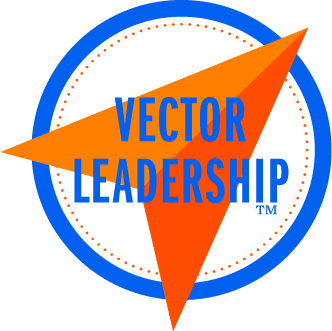
FORESIGHT
Vector Leadership
The survey reveals at least three notable shifts in the future of leadership from broadly perceived norms of leadership today.
Shift #1: The respondents’ perception of the most influential leaders in their formative years — someone at home or at school — does not appear to be predictive of their perception of the persona of a mid-level leader in the workplace. They shift their expectations when evaluating leaders in the workplace. Further, physical and personality traits (attributes that are considered fixed) show no significant correlation with the values and competencies (attributes that can be inculcated) expected from mid-level leaders. This can be seen as indicative of support for the advocates of “leaders can be developed” over “leaders are born.”
Shift #2: The respondents reveal a shift from current literature that correlates physical traits with leadership. While the preferred future leader is well-attired, healthy and has well-groomed hair, it does not matter how tall the person is, if they have a deep voice, if they are attractive, nor if they are physically fit. This is indicative of acceptance of diversity in the ranks of future leaders, irrespective of fixed characteristics including race and gender. We may be seeing the realization of Martin Luther King’s dream where future leaders “will not be judged by the color of their skin but by the content of their character.”
Shift #3: The respondents reveal an increased desire for engagement from employers — whether it is in dealing more effectively with crisis and failure, in preventing worker alienation or in managing work-life balance. Employers, and leaders of the future, will need to balance delivering shareholder value with employee engagement. In our view, this is good news, as increased employee engagement can lead to employer success.
We have also noticed that respondents with experience become more emphatic in their choices, and begin to see the challenges faced by leaders differently. It behooves us to reconsider the importance of experience in early leadership development, including at the college level. Employers will benefit immensely from an entering workforce shaped by a combination of experiential leadership training.
Evidence of these shifts reveal that the discipline of leadership is evolving. The future of leadership embraces diversity, believes leaders can be trained and expects leaders to have strong people and engagement skills. Combining these attributes with high-touch leadership development models can unleash a future generation of leaders that will shape our future. Borrowing from the world of mathematics, these future leaders are like vectors — with their own magnitude (intensity of training and development) and direction (values and competencies) — and they will become leaders in their own right.
We call this emerging future “Vector Leadership”.
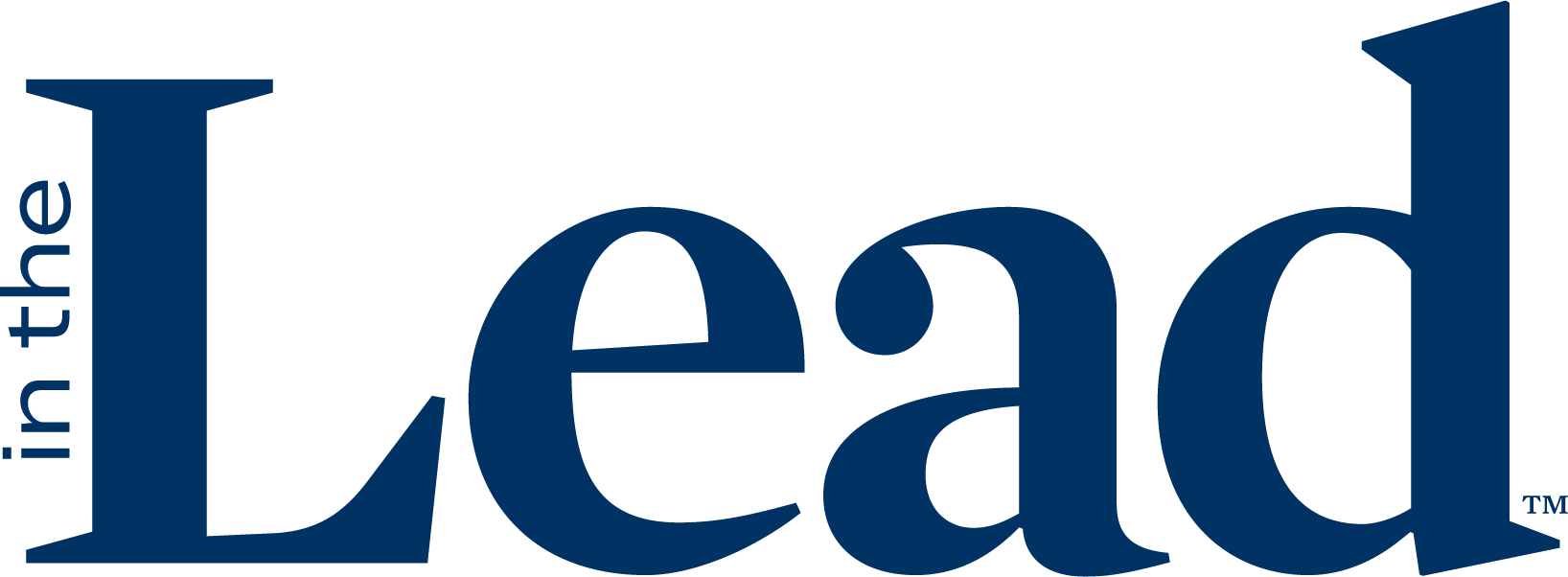


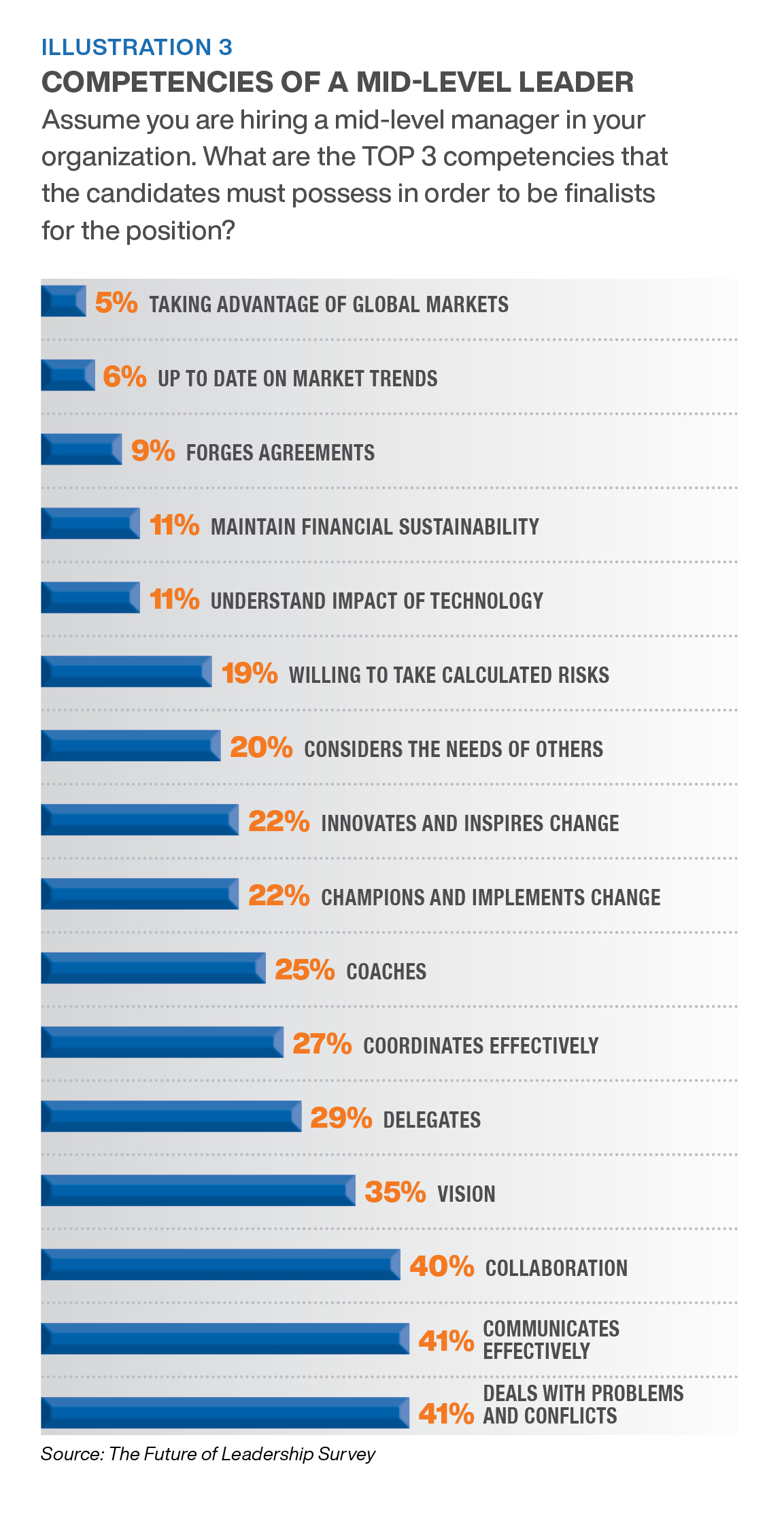
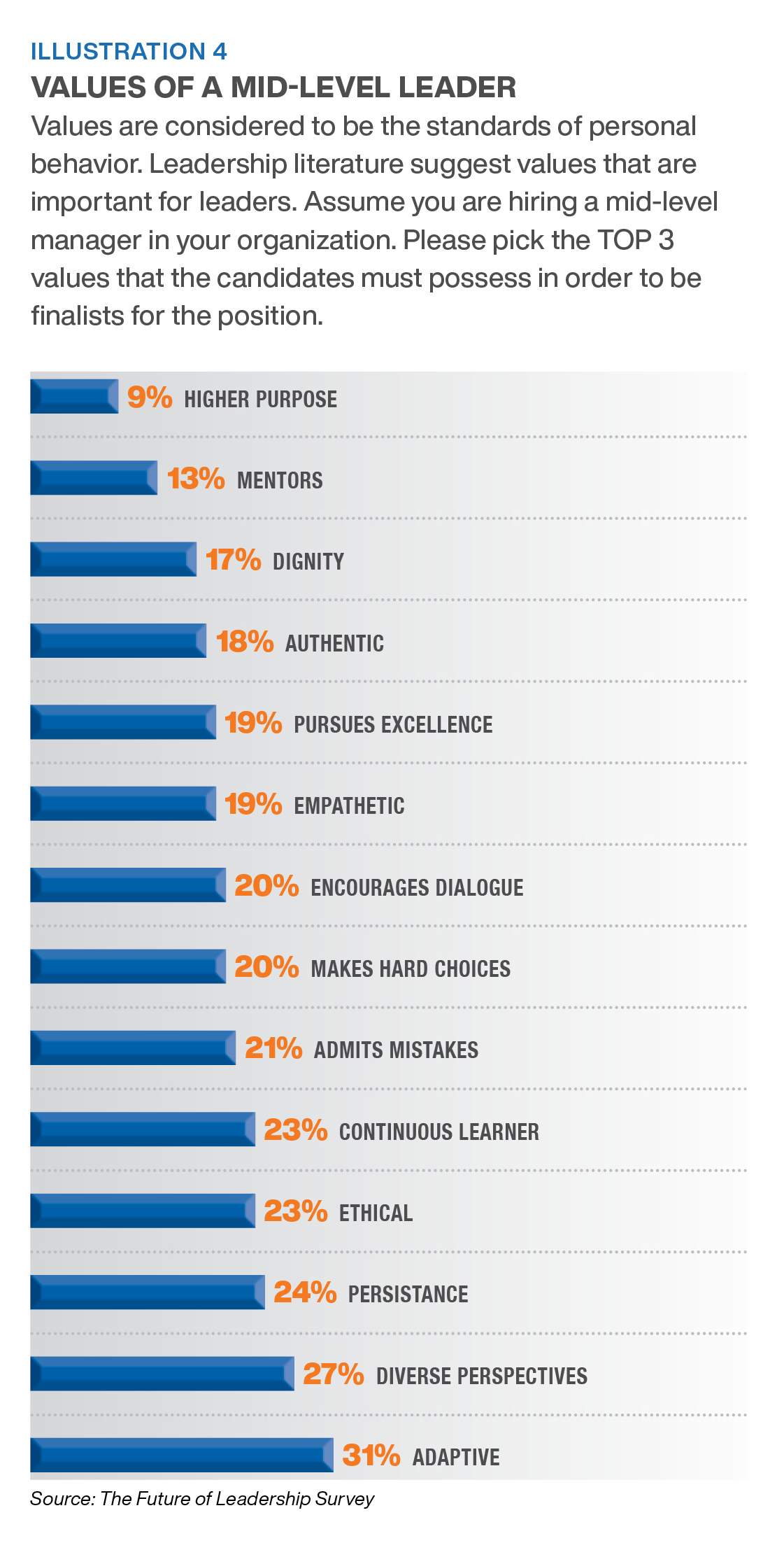
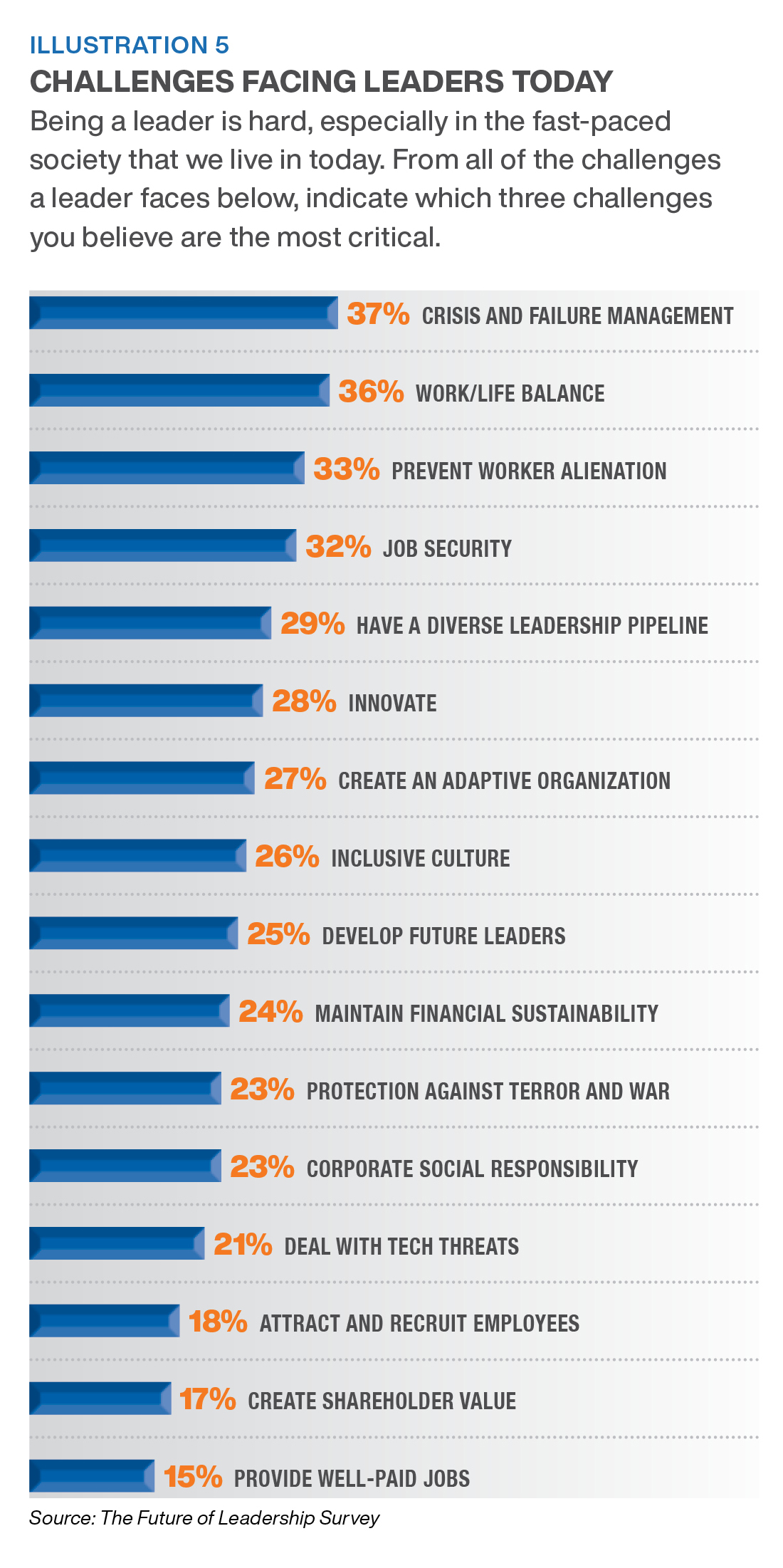








It’s fascinating to see how young adults are reshaping their views on leadership. They’re stepping away from traditional stereotypes of what a leader should be and embracing qualities like inclusivity, adaptability, and collaboration. This modern approach, termed “Vector Leadership,” recognizes that leadership isn’t fixed; it’s something that evolves and improves with time. This shift in mindset encourages individuals to continuously develop their leadership skills while also making a meaningful difference within their organizations. I appreciate this insight because it highlights how involving more people in leadership roles fosters diversity of thought and creates a sense of belonging among team members.